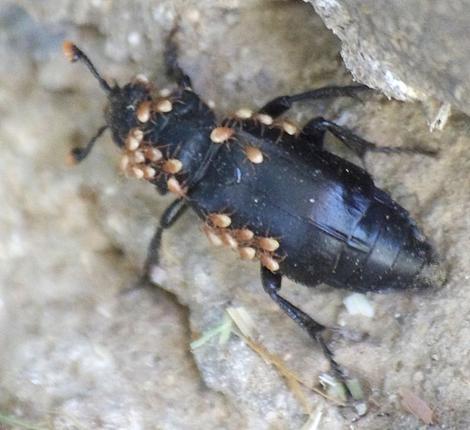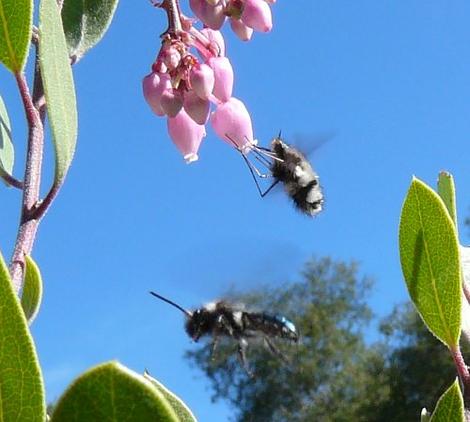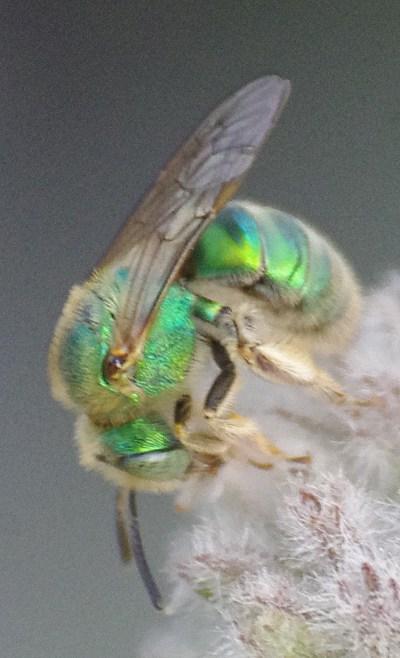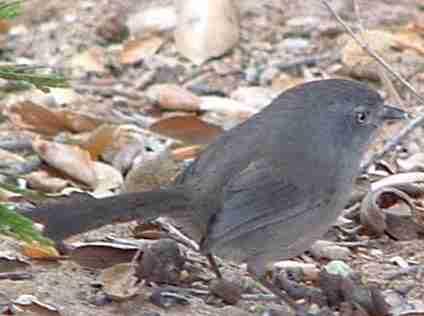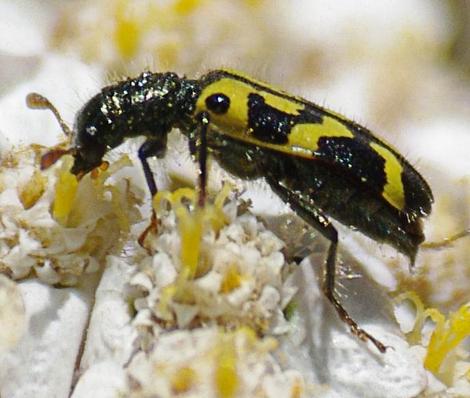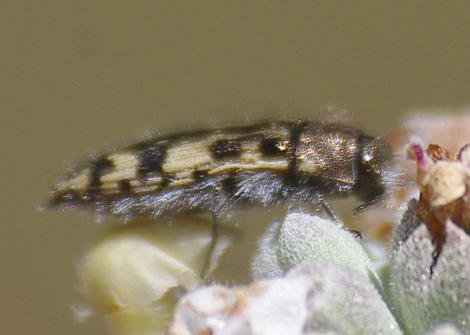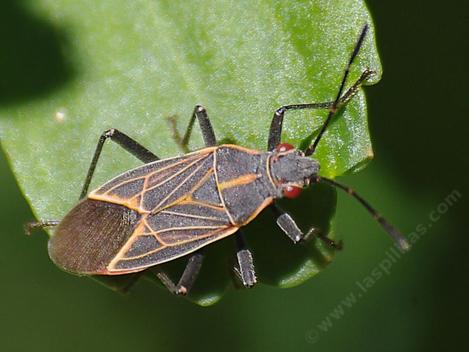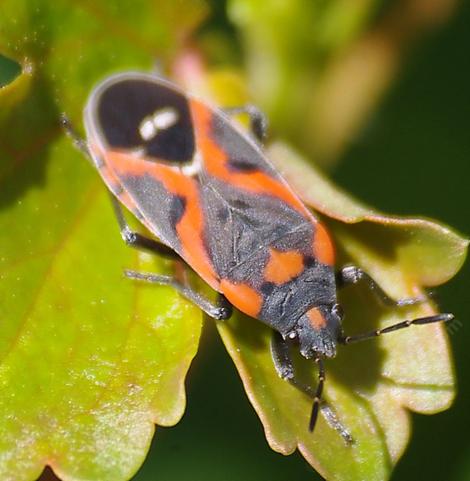Most of us have no idea that there are millions of eyes watching us.
There was an estimate in Scotland that 3 billion insects fly over your head during a summer month. In most of the United States, it's probably closer to 6 billion. There is an intricate system of parasites, prey and predators working dawn to dusk. Most of the insects live short, very active lives. Twenty or thirty perennial plants in a very small garden may have thousands of small little critters buzzing around trying to get through their life without being eaten. If we'd stop thinking that we are important and look around we'd see real life and death playing out in front of us. Get off your rear and go out in the garden dear. Plant a couple of small shrubby manzanitas, like Sentinel or Margarita Joy, a couple of Buckwheats, like Cliff Buckwheat and Santa Cruz Island Buckwheat, if you have the room, California buckwheat, a Ceanothus or two, Ceanothus Remote Blue or Snowball, a few Monardellas, a few California fuchsias, one Narrowleaf Milkweed and maybe one Ribes. Shazam! You have an active native garden for birds and insects, and YOU created life.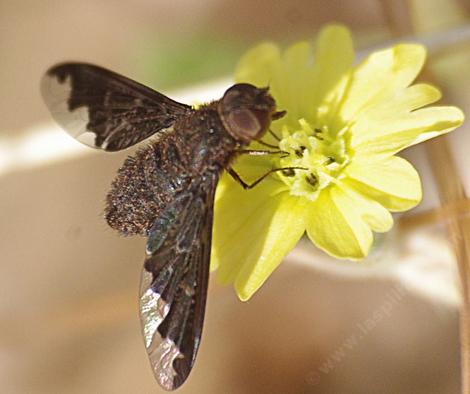
Some of the Beeflies prey on the predators of bees.
Watching a jay eat Bumblebees can be interesting. (They scrap the stinger off on a rock or branch. One just sat next to a flower and ate bee after bumblebee for an hour.)
Having them tell you off for setting in your garden is annoying. They Commonly will tell us off as they eat our grapes.
Having them tell you off for setting in your garden is annoying. They Commonly will tell us off as they eat our grapes.
